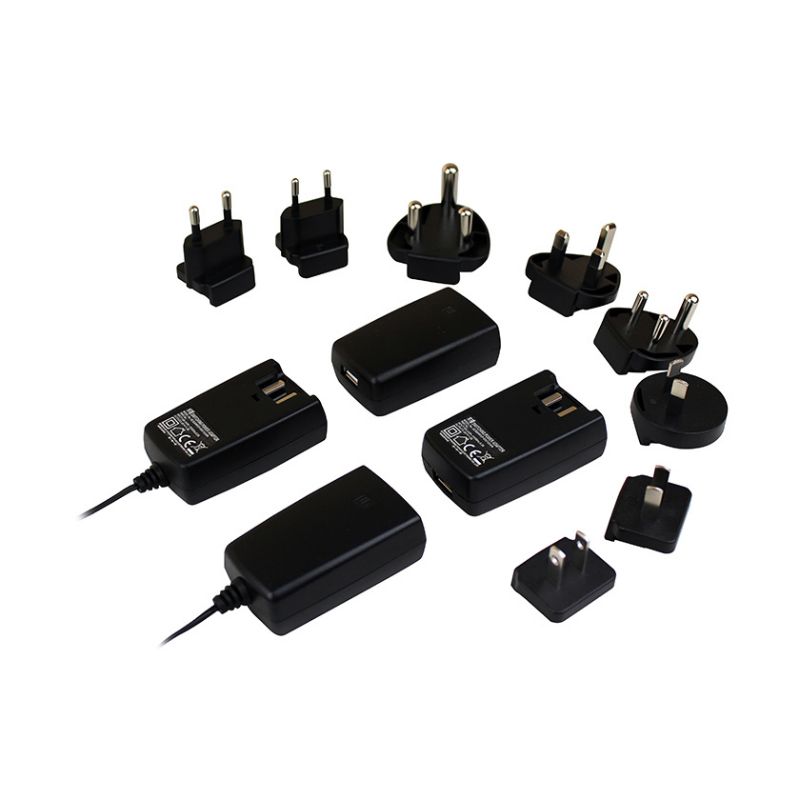Power supplies are essential components in various electronic devices, transforming the alternating current (AC) from the power grid into the direct current (DC) required by the equipment. To ensure safety and reliability, different standards have been established by organizations such as the National Electric Code (NEC) and the International Electrotechnical Commission (IEC). So what are the main differences between NEC Class 2 and IEC Class II power supplies?

NEC Class 2 Power Supplies:
The NEC, which is primarily used in the United States, Canada, and other countries following the U.S. electrical codes, classifies power supplies based on their output characteristics. NEC Class 2 power supplies are designed for lower voltage and power output, typically not exceeding 60 volts AC or 30 volts DC. This classification is crucial for applications where a reduced risk of electric shock is necessary.
Key Features of NEC Class 2 Power Supplies:
Lower Voltage Limits: NEC Class 2 supplies are limited to a maximum output voltage of 60 volts AC or 30 volts DC, reducing the risk of electric shock.
Limited Power Output: They are intended for applications that require a lower power output, making them suitable for devices like small appliances and electronics.
Safety Standards: These power supplies adhere to strict safety standards set by the NEC to ensure they operate safely within the specified voltage and power limits.
IEC Class II Power Supplies:
The IEC, responsible for developing international standards for electrical and electronic devices, categorizes power supplies based on their internal construction and insulation. IEC Class II power supplies are characterized by their double or reinforced insulation, which provides an additional layer of safety against electric shock.
Key Features of IEC Class II Power Supplies:
Double Insulation: These power supplies have at least two layers of insulation between live parts and the user, reducing the risk of electric shock.
No Earth Connection: IEC Class II supplies do not require an earth (ground) connection for safety, relying solely on their insulation for protection.
Global Recognition: As an IEC standard, Class II power supplies are recognized and adhered to in many countries around the world, making them suitable for international use.
Comparing NEC Class 2 and IEC Class II Power Supplies:
While both classifications aim to enhance safety, they focus on different aspects of power supply design. NEC Class 2 emphasizes the output voltage and power capabilities, ensuring that the supply operates within safe limits. On the other hand, IEC Class II focuses on the internal construction and insulation, providing a physical barrier to prevent electric shock.
Understanding the differences between NEC Class 2 and IEC Class II power supplies is essential for selecting the appropriate power supply for your electronic devices. NEC Class 2 supplies are ideal for applications with strict voltage and power output limitations, while IEC Class II supplies offer a globally recognized standard for double-insulated power supplies. When choosing a power supply, consider the specific requirements of your device and the safety standards that apply to your region.






